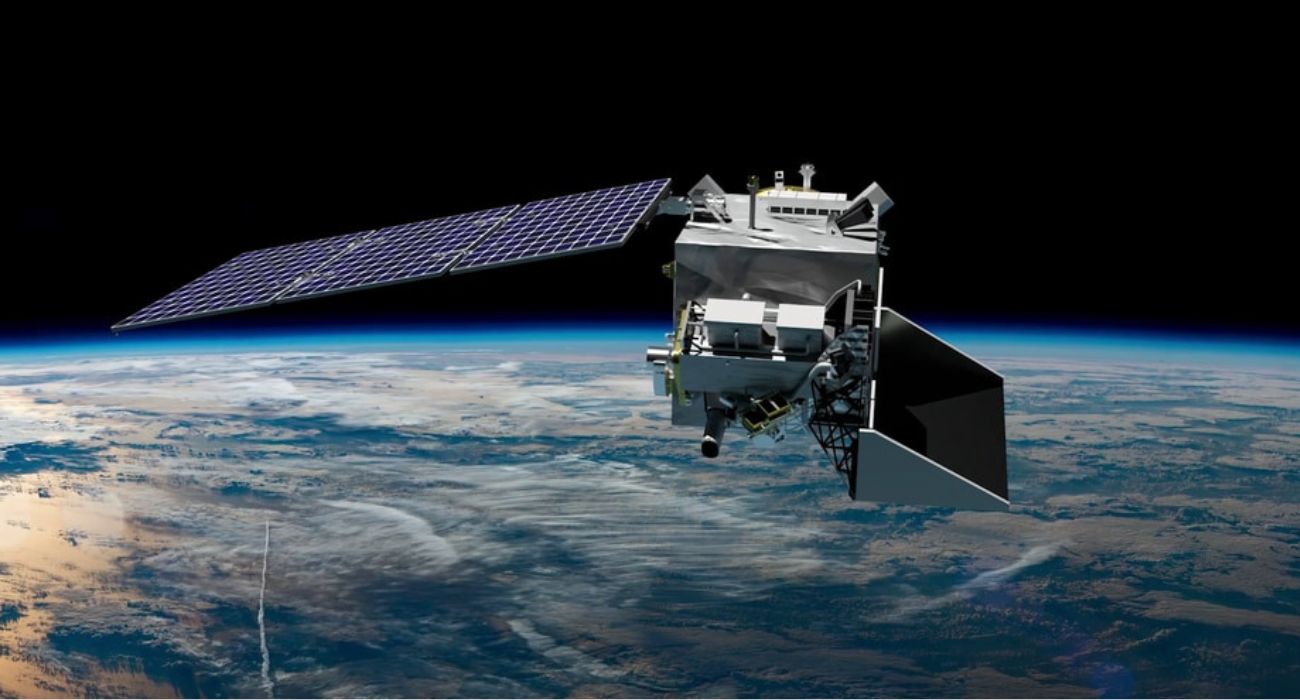NASA announced that it will soon launch a new satellite to study aerosols in the Earth’s atmosphere.
Researchers hope to use the information gleaned from the satellite to understand more about the role aerosols play in cloud formation or how ice clouds and liquid clouds differ. “Understanding the nature of airborne particles and clouds is crucial to deciphering how climate and air quality are changing,” reads the press release.
Aerosols are microscopic particles such as salt, smoke, dust, or other natural and particulate matter suspended in the air. The University of Houston revealed a study earlier this year that found the air along the Gulf of Mexico coast in Texas is polluted with a massive amount of these particulates, as previously reported by The Dallas Express.
NASA’s Plankton, Aerosol, Cloud, ocean Ecosystem (PACE) satellite aims to gather data on the chemical composition, movement, and interactions of aerosols and clouds by using two cutting-edge instruments called “polarimeters” that measure the properties of light.
The devices, HARP2 and SPEXone, will measure four different wavelengths of light from 60 different angles, providing “a picture of Earth’s atmosphere in unprecedented detail.”
Otto Hasekamp, senior scientist at the Netherlands Institute for Space Research (SRON), said in the press release that scientists have been observing aerosols from space for decades, but have not had polarimetry data for 10 years.
“It’s exciting to see the culmination of working actively on instrument models and prototypes then finally seeing it end up on a real satellite,” said Jeroen Rietjens, instrument scientist at SRON.
Once in orbit, the PACE satellite will scan the earth every two days. Scientists aim to use the data for research on pollution, climate, and the possible link between these particles and the formation of clouds.
“PACE measurements will not only answer fundamental science questions but will also improve people’s quality of life,” said Marcela Loría-Salazar, assistant professor at the School of Meteorology at the University of Oklahoma.
Scientists plan to launch the craft early next year.






